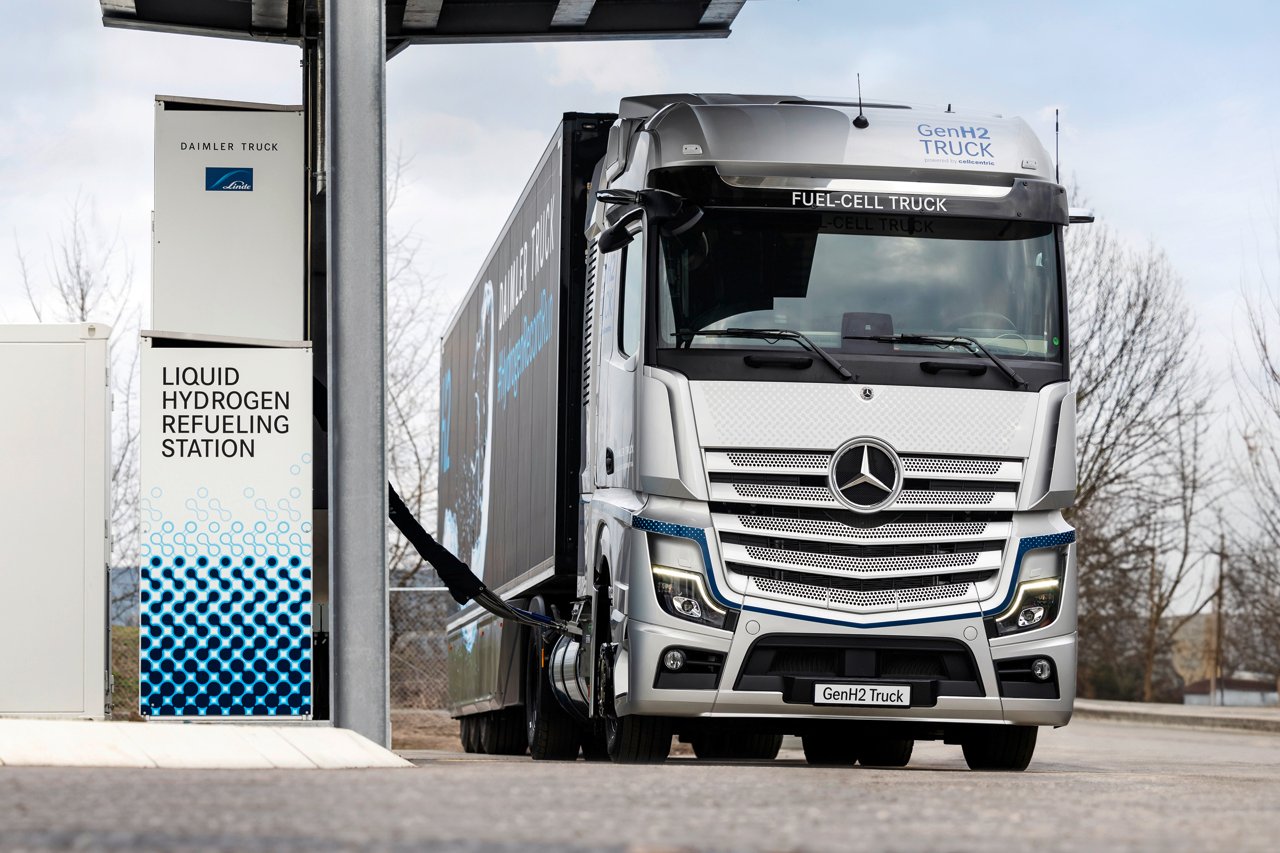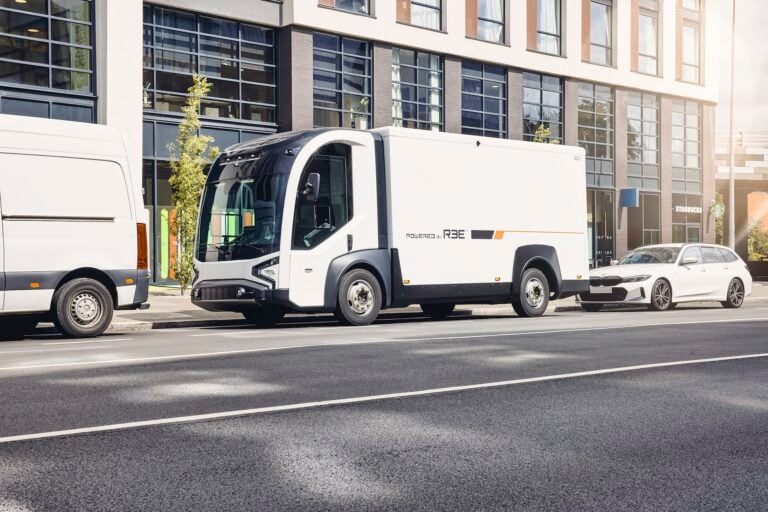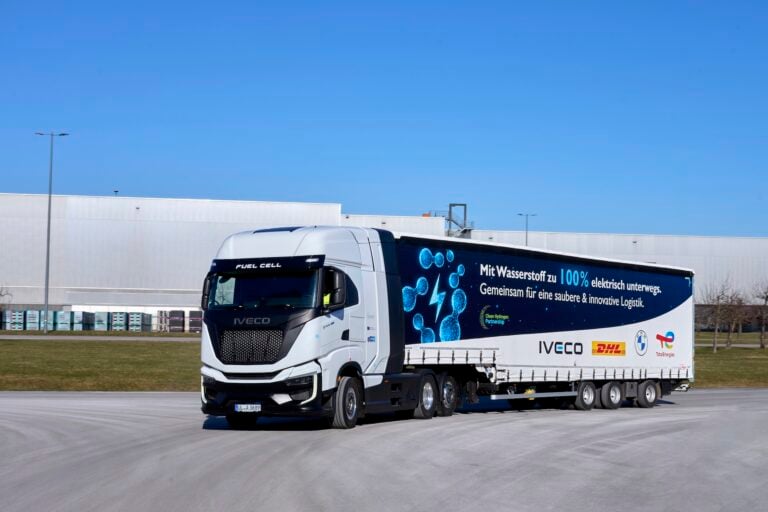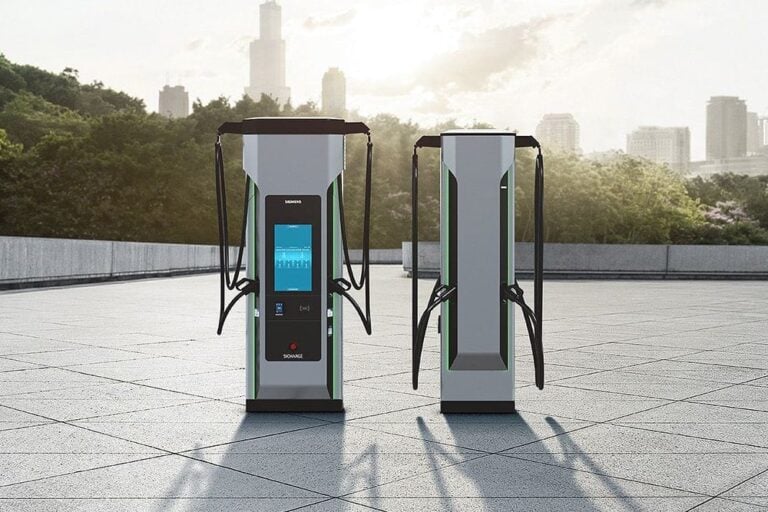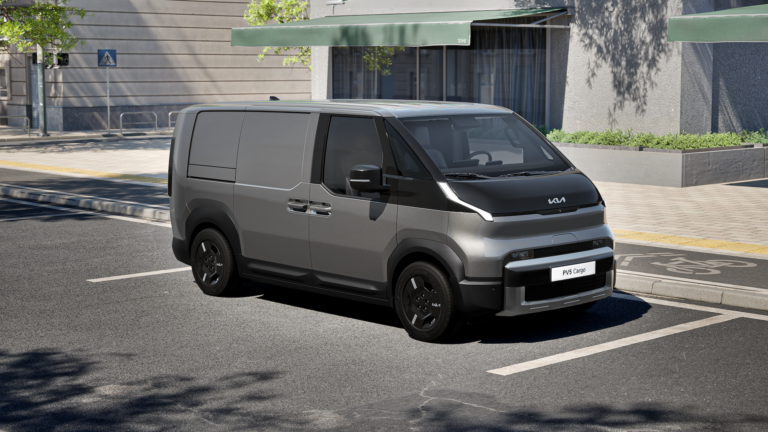Sign up for our popular daily email to catch all the latest EV news!
Daimler Truck and Linde Engineering have unveiled a breakthrough in hydrogen refueling technology, termed sLH2 (subcooled liquid hydrogen). This innovation promises to transform the infrastructure for hydrogen-powered vehicles by offering a more efficient, cost-effective, and quicker refueling process.
The new sLH2 technology, resulting from years of collaborative engineering, significantly outperforms traditional gaseous hydrogen refueling methods in terms of storage density, range extension, refueling speed, and overall energy efficiency. For a 40-ton truck, refueling with sLH2 can be completed in 10 to 15 minutes, enabling a travel distance of over 1,000 kilometers. This process not only halves the investment needed for refueling infrastructure but also reduces operational costs by up to six times, making liquid hydrogen a viable option across Europe.

Unlike conventional liquid hydrogen refueling, sLH2 utilizes an innovative pump to slightly increase the pressure, transforming the hydrogen into a subcooled state. This advancement simplifies the fueling process, minimizes energy loss, and eliminates the need for complex data exchanges between the vehicle and the station. The pilot sLH2 station in Wörth am Rhein boasts a capacity of 400 kg of hydrogen per hour, setting a new standard for simplicity and performance.
In their commitment to advancing zero-emission transportation, Daimler Truck and Linde Engineering have made the sLH2 technology openly accessible through an ISO standard, inviting other manufacturers and infrastructure providers to adopt this new standard. The initiative was launched with the inauguration of the first public sLH2 station in Wörth am Rhein, attended by industry representatives and political figures.
Andreas Gorbach of Daimler Truck AG emphasized the critical role of sLH2 in achieving zero-emission transport, noting its comparable convenience to diesel refueling. Juergen Nowicki of Linde Engineering highlighted the cost and efficiency benefits of sLH2, underlining its potential as a CO2-neutral alternative to diesel.
The sLH2 refueling station in Wörth am Rhein is a testament to energy efficiency, requiring significantly less energy and space than traditional hydrogen stations. Its design enables multiple trucks to refuel simultaneously, offering a scalable solution to meet the growing demand for hydrogen fuel.
Daimler Truck and Linde Engineering’s initiative not only paves the way for a sustainable future in heavy-duty transport but also demonstrates the practicality and viability of hydrogen as a key energy carrier. With the upcoming customer trials of the Mercedes-Benz GenH2 Truck, the companies are set to showcase the real-world benefits of decarbonized transport, emphasizing the need for a robust hydrogen refueling network and a steady supply of green hydrogen.
Sign up for our popular daily email to catch all the latest EV news!

